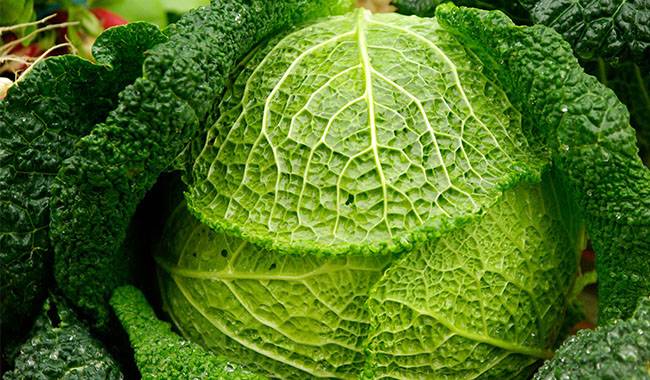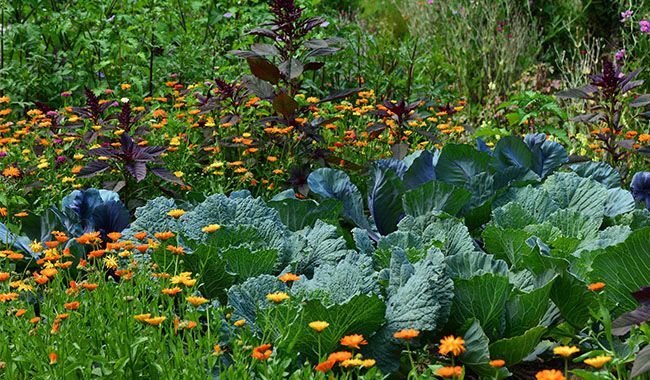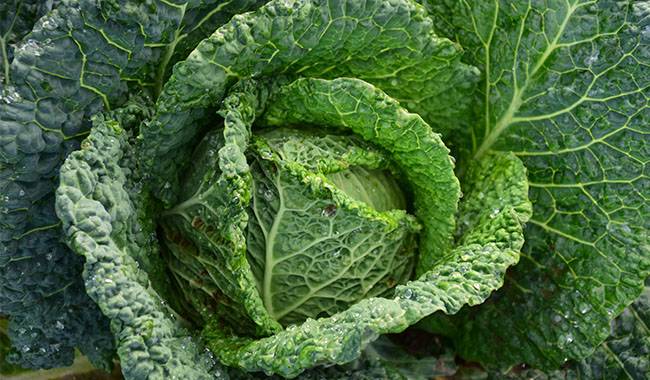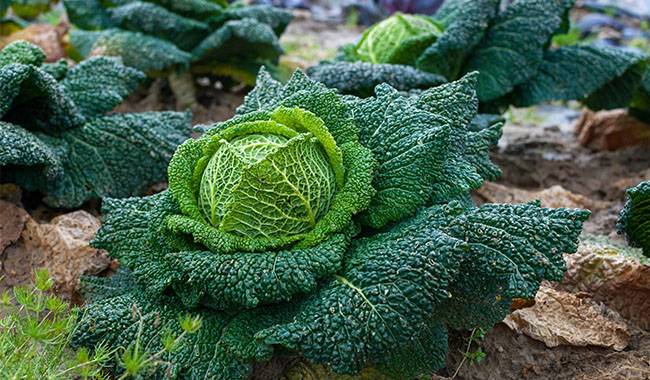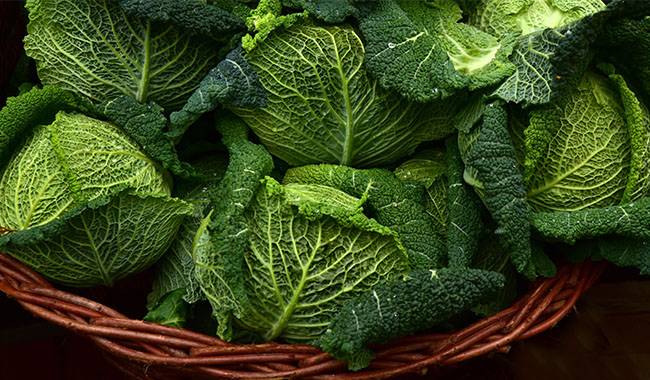
ABOUT CABBAGE
Cabbage is a cool year-round crop that is less prone to frost and does not freeze. Smaller heads of cabbage have better flavor and can stay in the field longer without splitting.
To make them smaller, keep the plants close together or bend them sharply to cut the roots when the heads are almost full.
Recommend you to read “What are the benefits of cabbage“
Follow our guide to sowing a successful crop in the spring (and/or fall), so how to harvest cabbage and store it? This article has the answer for you.
TO DETERMINE HARVESTABILITY
- When the head is approximately equal to the size of a softball (about 5 inches (12 cm) or larger), you can harvest elongated cabbage by squeezing it to test for hardness.
- Elongated cabbage or Napa cabbage can be harvested when the head is 9 to 12 inches (22-30 cm) tall.
- About one month after planting, leafy cabbage (not firm heads) can be harvested leaf by leaf using the cut-and-come-again method.
WHEN TO HARVEST CABBAGE
- There are dozens of varieties of cabbage. It is important to read up on the varieties you are growing in order to know what to expect. Some varieties can stay in the garden for a few weeks once they are firmly established, while others must be harvested immediately.
- Cabbage prefers lower growing temperatures, between 55°-75°F (13°-24°C).
- Early cabbage or spring cabbage matures in 50 to 60 days. Mid-season varieties grown in early spring require 75 to 85 days to reach full size. Late or storage varieties take 85 to 200 days to harvest from transplants.
- In cold winter areas, cabbage is a spring and fall crop. In warmer winter areas, cabbage is a winter crop.
- Cabbage heads can withstand temperatures as low as 20°F (-6°C), but if severe freezing is expected, the crop should be pulled out of the garden or protected under straw.
- Fall-harvested cabbage forms only one head on each plant. Leave larger, firmer heads for longer storage. Use other products within a month or so.
- Spring or summer harvested cabbage can produce two, three, or four heads before winter. Harvest winter or spring-planted cabbage when the heads are small (no larger than a softball).
Cutting the first head as close to the head as possible will leave as much of the stem as possible, as well as the lower four to five leaves of the plant.
From each leaf left on the stem, a smaller, loosehead (about the size of a baseball) will grow. Make a delicious salad with these baby cabbages and let them sit in the refrigerator for several weeks.
HOW TO HARVEST CABBAGE
- When the cabbage feels firm and solid, use a sharp knife to cut it from the root of the plant.
If the head feels flabby and fragile, allow it to mature longer. If you cut off the head and leave some of the stems, the smaller head will form a second harvest. - You can also harvest cabbage by pulling up the roots of the plant and all the plants.
- If the cabbage head begins to break before you are ready to harvest, rotate it 180° on the ground; the twist will break some of the roots and slow the growth of the head.
To further slow growth, give the plant another 90° of rotation. This will slow maturity and delay the harvest of your unwanted heads. - At the end of the season, you can overwinter cabbage stems and roots left after harvest by pulling them up and wintering them in trenches dug in the garden, covering them with straw, or placing them in containers in a refrigerated storage room.
To move on to the next season. Winter. In the spring, roots and stems should be replanted as soon as the soil is viable. These plants will produce an early spring orchard.
HOW TO STORE CABBAGE
- Store cabbage in a cool, moist place at 32°-40°F (0°-4°C) and 95% relative humidity. Cold and moist storage can be a challenge.
Refrigerators provide cold air, but they can also dry out the air. An alternative to refrigerator storage is a cellar or garden storage room or pit. - To store cabbage in the refrigerator, remove loose leaves and clip the cabbage to retain a small stem, then wrap the head in a damp paper towel and place it in a perforated plastic bag in the vegetable crisper section of the refrigerator.
You can purchase perforated plastic bags or make your own by punching 20 holes in a plastic bag; use a hole punch or sharp object. - Cabbage stored in the refrigerator will keep for three to four weeks. Cabbage emits a pungent odor when it breathes, so it is not uncommon to find a strong cabbage odor in the refrigerator as time passes.
- To store cabbage in a root cellar, store all of the plant’s roots, heads, etc.: place the heads in rows on racks several inches apart, or drape cabbage heads from the ceiling, or store them on the floor and wrap them in several layers of newspaper.
- You can also store cabbage in small pits or mounds of soil in your garden. To create a cabbage storage pit in your garden, dig a hole 2 or 2½ feet (61-76 cm) deep and line it with a thick layer of straw for insulation.
Store the cabbage roots facing downward, then cover them with more straw and burlap bags or tarps so you can access the pit once the snow covers and the soil freezes.
In the winter, when you need cabbage heads, open the storeroom and make them ahead, then repack them with a straw and a lid. - Do not wash or remove the outer leaves of cabbage before storing them. Solid heads harvested with the outer packaging leaves will store the best heads. Handle the heads carefully to prevent bruising.
- Keep cabbage refrigerated for long periods of time and stored moist for 3 to 4 months.
- Inspect stored cabbage frequently and remove the heads which are beginning to turn yellow or smell rotten.




